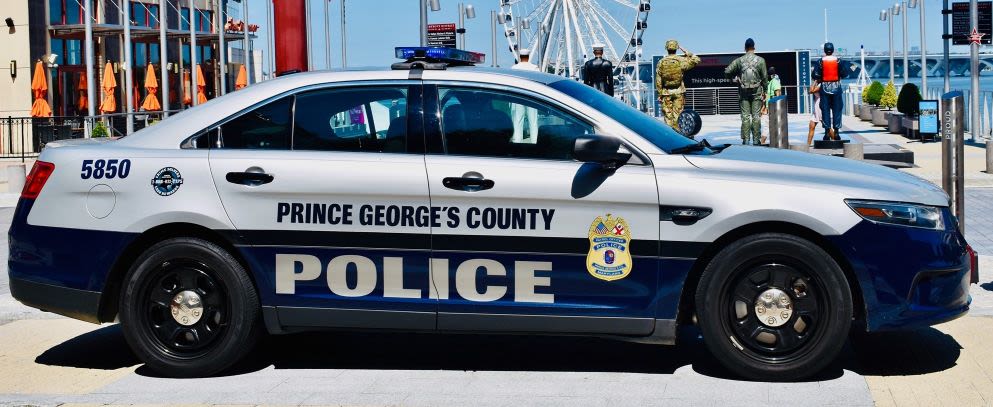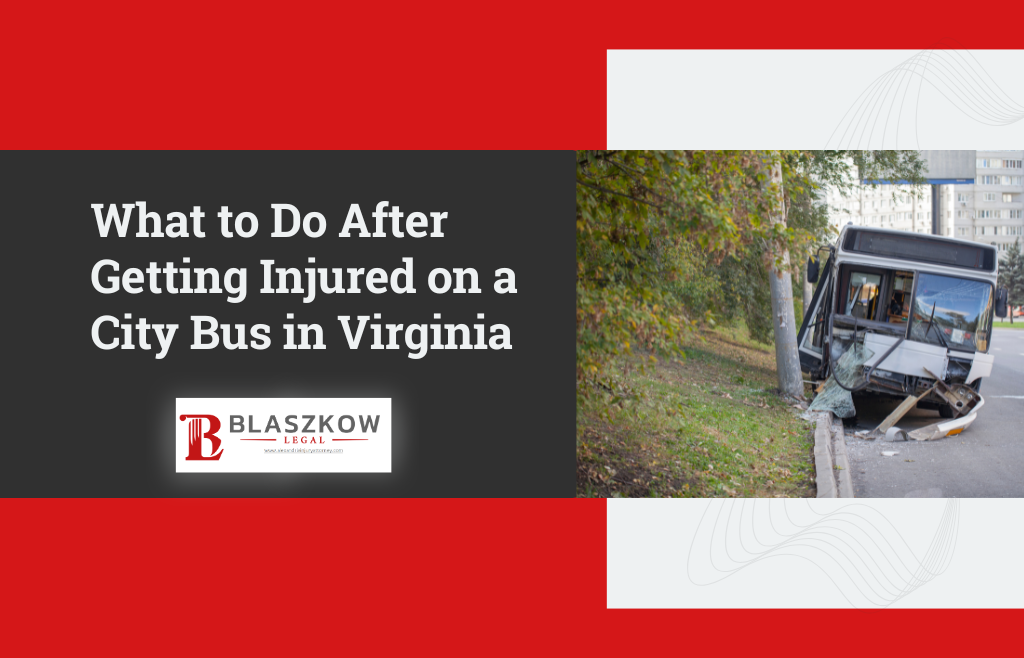
Who’s Liable If A Lyft Hits A Pedestrian Or Cyclist?
Pedestrians and cyclists hit by Lyft drivers often face serious physical injuries, mounting medical bills, and an uphill battle holding […]
Learn More

Pedestrians and cyclists hit by Lyft drivers often face serious physical injuries, mounting medical bills, and an uphill battle holding […]
Learn More
At Blaszkow Legal, PLLC, our dedicated team of motorcycle accident lawyers has been committed to securing justice for injured riders […]
Learn More
Many individuals don’t realize they may have a right to compensation until it’s too late. If you’ve been hurt and […]
Learn More
After an accident, people often turn to platforms like Facebook, Instagram, or X to update friends and family. While that […]
Learn More
When a collision involves a commercial truck, the legal and financial consequences can escalate quickly. Calling a truck accident lawyer […]
Learn More
A multi-vehicle accident unfolded Sunday afternoon in Madison County, leaving one person dead and several others injured. The deadly crash […]
Learn More
WASHINGTON, DC – A DC Judge has held Empower in Contempt of Court, for an earlier Order directing them to […]
Learn More
This is a True Story! S.C. did not know he was about to become a client of Blaszkow Legal Injury Attorneys as […]
Learn More
Maryland Police Car Accidents Car accidents happen all over Maryland, everyday. Some of these accidents involve police officers, on duty […]
Learn More
Public transit is supposed to be safe. However, when a city bus such as DASH or Fairfax Connector, runs a red […]
Learn More
In today’s society, dashcams are becoming increasingly common in vehicles across Virginia. Video evidence from dashcams often provides a clear, […]
Learn More
Pedestrian strikes are among the most serious kinds of car accidents that we work, and understandably so: a car, weighing a ton or […]
Learn More